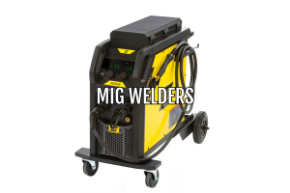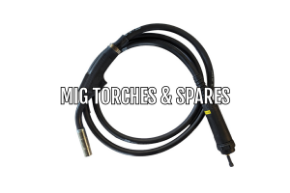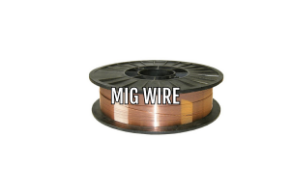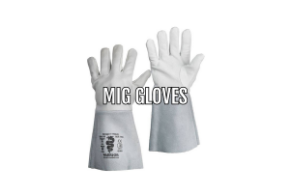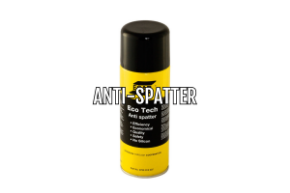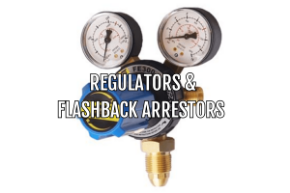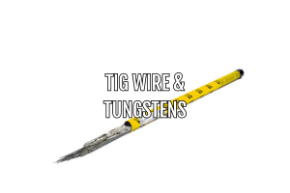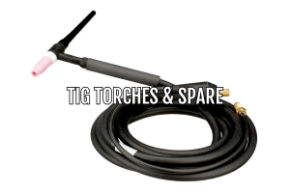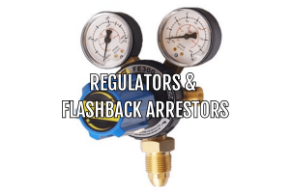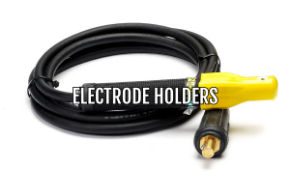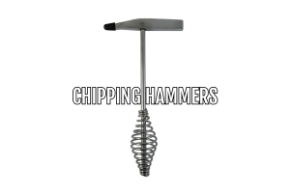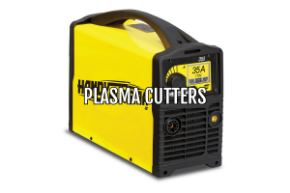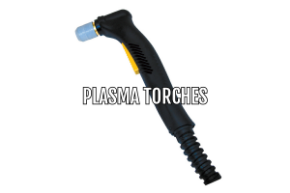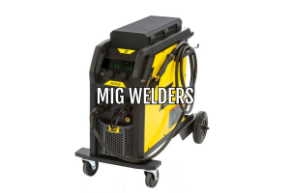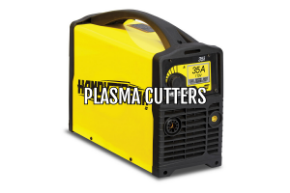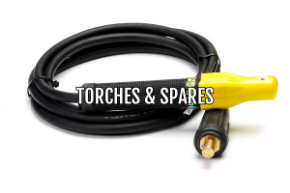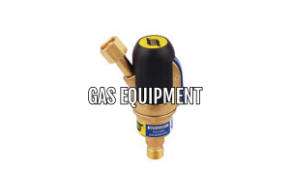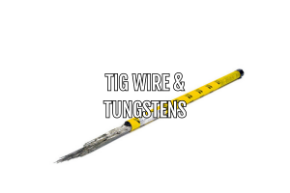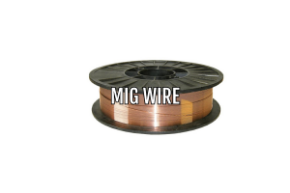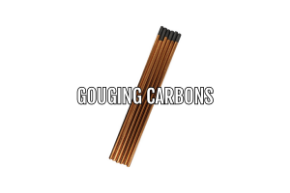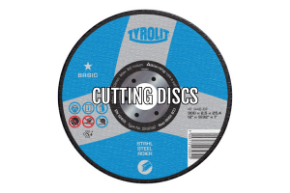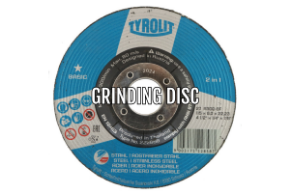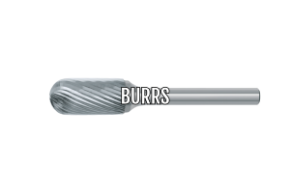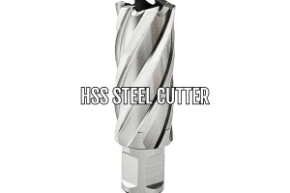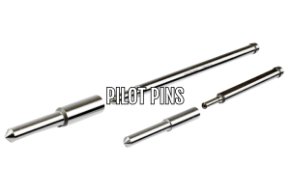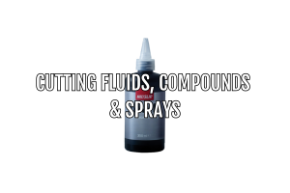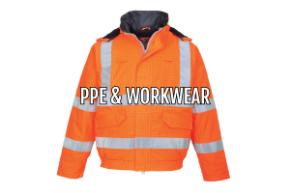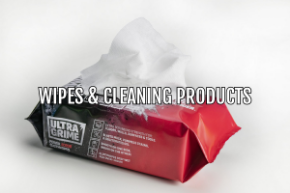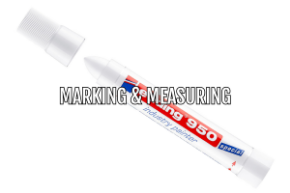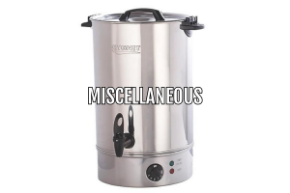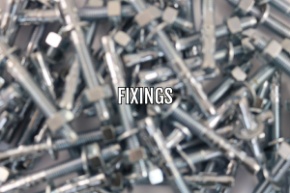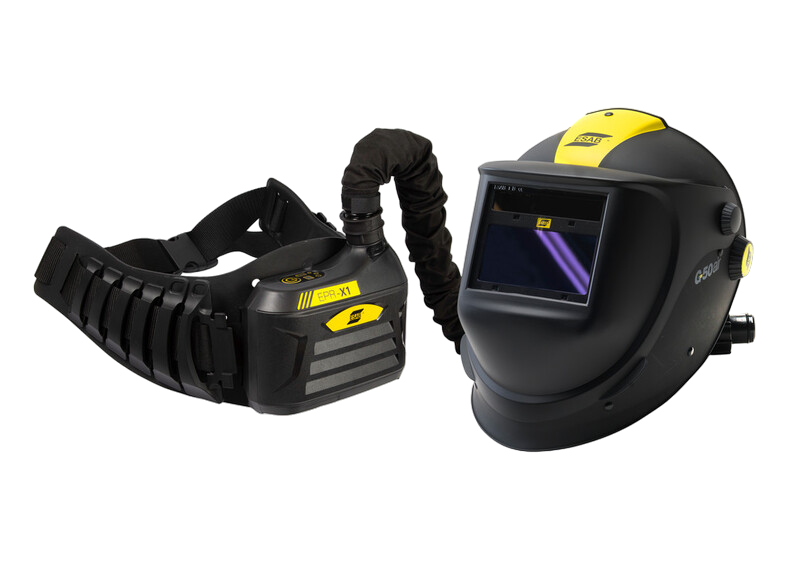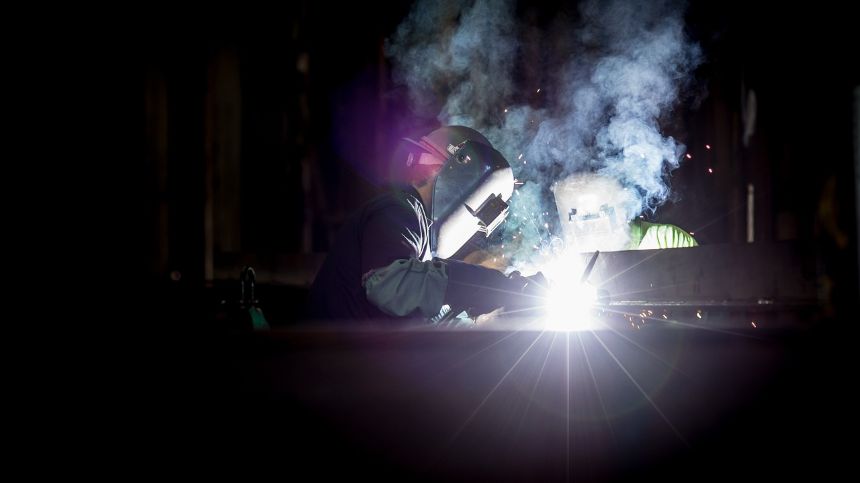
Welding is a crucial skill in various industries, from construction to manufacturing. However, amidst the sparks and the creation of sturdy structures, there lies a hidden danger – welding fumes. These fumes, if not properly managed, can pose serious health risks to welders and those working in close proximity. In this blog post, we'll explore the potential health hazards associated with welding fumes and discuss effective measures to prevent harm.
Understanding the Hazards:
Welding fumes are a complex mixture of fine particles and gases generated during the welding process. The primary components include metal oxides, fluorides, and silicates. While the specific composition depends on the materials being welded, some common elements found in welding fumes include manganese, chromium, nickel, and zinc.
Health Risks:
Respiratory Issues: Inhaling welding fumes can lead to respiratory problems, including shortness of breath, coughing, and exacerbation of pre-existing conditions such as asthma. Prolonged exposure may result in chronic respiratory diseases.
Metal Fume Fever: Welders exposed to high concentrations of certain metal fumes, such as zinc oxide or copper, may experience symptoms akin to the flu, known as metal fume fever. These symptoms include fever, chills, nausea, and muscle aches.
Long-Term Effects: Chronic exposure to welding fumes has been associated with more severe health issues, including lung cancer, neurological disorders, and damage to the reproductive system.
Preventive Measures:
Ventilation Systems ESAB G50 AIR with EPR-1 PAPR: Implementing adequate ventilation systems is crucial in controlling welding fumes. Local exhaust ventilation, such as fume extraction systems or hooded enclosures, helps capture and remove fumes directly from the source. The ESAB G50 AIR Helmet comes with a EPR-1 PAPR Unit that connects seamlessly with all current ESAB prepared for air welding helmets and provides advanced respiratory protection from harmful welding fume particulates.
Personal Protective Equipment (PPE): Welders should always wear appropriate PPE, including respiratory protection such as respirators with filters designed for welding fumes. Additionally, protective clothing, gloves, and eye protection are essential to minimize skin contact and eye irritation.
Training and Awareness: Proper training is essential to ensure that welders are aware of the potential hazards associated with welding fumes and understand the importance of following safety measures. Regular safety briefings and updates on best practices can help maintain a culture of safety in the workplace.
Workplace Monitoring: Regular monitoring of air quality in welding areas can provide valuable information about the levels of exposure to harmful fumes. This data can guide adjustments to ventilation systems and other safety measures.
While welding is a vital skill in many industries, the health risks associated with welding fumes should not be underestimated. Employers and workers alike must prioritize safety by implementing effective preventive measures. By investing in proper ventilation, providing the right PPE, and fostering a culture of safety through education, we can ensure that welders can perform their duties without compromising their long-term health. Remember, safeguarding against welding fumes is not just a workplace requirement – it's a commitment to the well-being of those who contribute to the strength and stability of our built environment.

